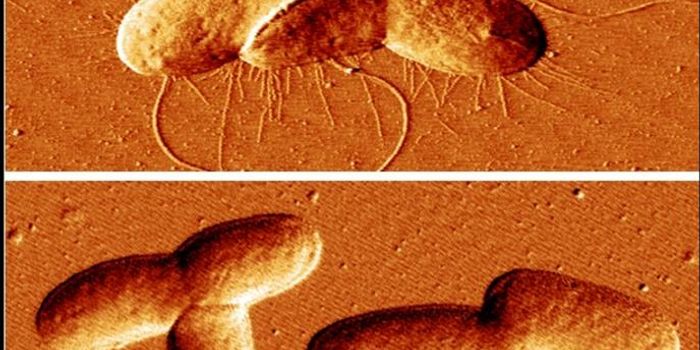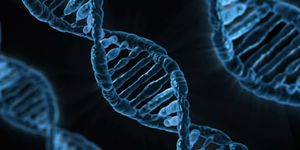The Connections Between Toxins, Genes, and Disease
We are exposed to a vast array of chemicals every day. Many are harmless or even important, like the air we breathe, water we drink, and foods we eat. But we may also encounter harmful chemicals in the form of pollutants or toxins. Researchers released the Comparative Toxigenenomics Database in 2004 with funding from the National Institute of Environmental Health Sciences in an effort to learn more about how human health is impacted by exposure to toxic chemicals in the environment.
The CTD undergoes continuous updates and has information on the interactions between chemicals and genes, chemicals and proteins, chemicals and diseases, chemicals and phenotypes, and others. The latest update was reported last month in Nucleic Acids Research. The video below describes how to use the publicly available database.
Scientists at the University of Massachusetts (UM) Amherst have now utilized data from the CTD to determine which biochemical pathways are the most sensitive to toxins. This work has been reported in Chemosphere.
"When we identified all the sensitive genes, we were very much surprised that almost every well-known molecular pathway is sensitive to chemicals to a certain degree," said the lead study author Alexander Suvorov, associate professor in the School of Public Health and Health Sciences at UM Amherst.
A team of undergraduate and graduate students found that the molecular pathways that are responsive to stress and damage were also the most sensitive to exposure to chemicals. Other very sensitive biochemical pathways involved aging, fat metabolism, and immune signaling.
"These findings for the first time prove that current epidemics in metabolic and autoimmune disorders may be partly due to a very broad range of chemical exposures," noted Suvorov.
In this work, the researchers assessed 591,084 chemical-gene interactions from 2,169 studies that analyzed multiple genes, or a high-throughput analysis instead of individual genes, or low-throughput analysis.
"In the recent past, everything that we knew about molecular mechanisms affected by chemicals was coming from low-throughput experiments. I wanted to find some approach that would tell us in a completely unbiased way which mechanisms are sensitive and which are not," Suvorov said. "I wondered if we were missing a significant toxic response just because no one ever looked for it. By overlaying many high-throughput studies, we can see changes in the expression of all genes all at once. And that is unbiased because we are not cherry-picking any particular molecular mechanisms."
This approach ultimately included 17,338 different genes and 1,239 chemicals in two large groups - pollutants, or pharmaceuticals with known targets. Genes were found to have roughly the same sensitivity to both groups. "That proves that when analysis is done on really big numbers of chemicals, their composition does not matter," Suvorov said.
This work suggests that environmental exposure to chemicals may play a role in the development of diseases. The study authors noted that more chemicals are being created all the time; the Chemical Abstract Service Registry, which included 20 million chemicals in 2002, now includes 156 million chemicals as of 2019. They added that more attention should be paid to the potential health impacts of these compounds by identifying the molecular pathways that they may be influencing.
Sources: AAAS/Eurekalert! via University of Massachusetts Amherst, Chemosphere









